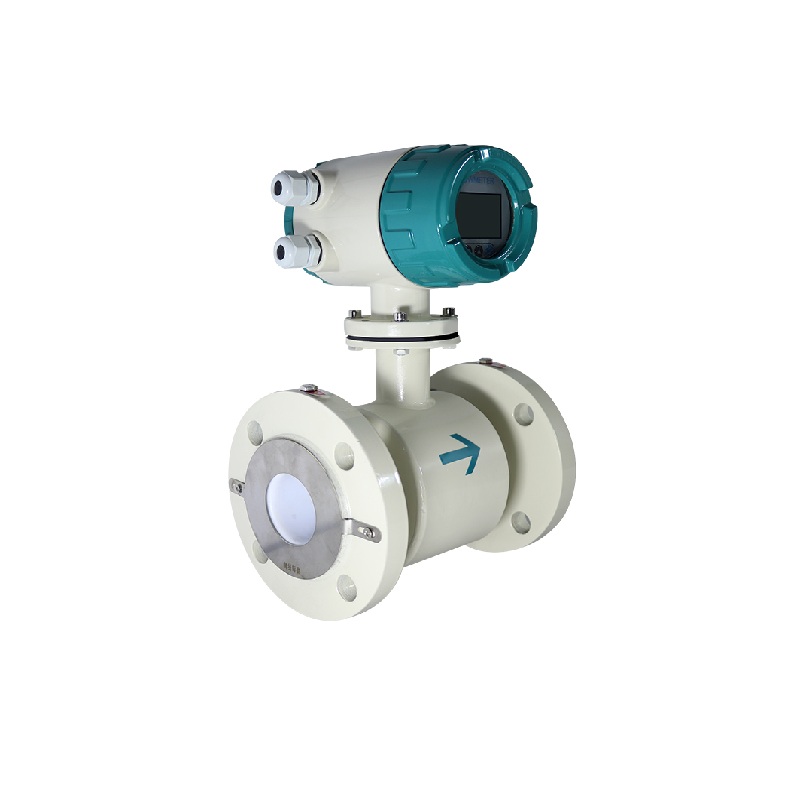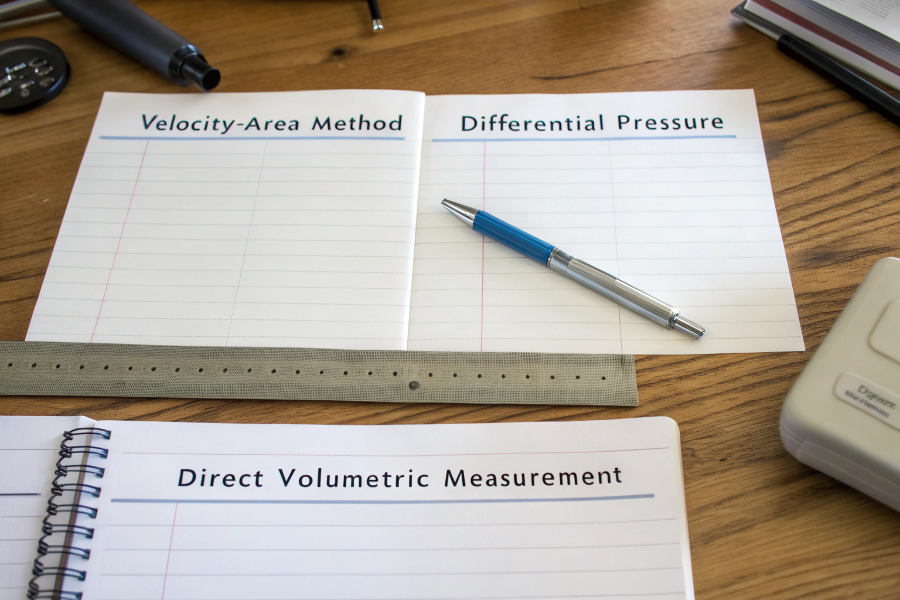Accurate sewer flow measurement is crucial for preventing environmental disasters and maintaining public health standards.
Sewer flow measurement typically involves using specialized flow meters designed for wastewater, including ultrasonic flow meters, area-velocity meters, and electromagnetic flow meters.

Sewer Flow Measurement Methods
Let me share my experience in implementing various sewer flow measurement solutions across different municipal projects.
How To Measure Sewer Flow?
Many operators struggle with selecting the right method for their specific sewer system conditions.
Sewer flow measurement requires combining flow velocity with level measurements typically using non-contact sensors and specialized equipment designed for harsh environments.
From my field experience:
Measurement Methods Overview
-
Common Techniques
Method Application Advantages Limitations Area-Velocity Partially filled pipes No flow restrictions Requires maintenance Ultrasonic Open channels Non-contact Affected by foam Magnetic Full pipes High accuracy Requires full pipe Weir/Flume Open channels Simple operation Head loss -
Installation Considerations
- Access requirements
- Flow conditions
- Maintenance needs
- Safety protocols
Best Practices
-
Site Preparation
- Flow pattern analysis
- Sensor location selection
- Safety equipment setup
- Calibration requirements
-
Monitoring Strategy
- Data collection methods
- Alarm settings
- Regular maintenance
- Backup systems
How To Measure The Flow Rate Of Wastewater?
Wastewater flow measurement presents unique challenges due to varying compositions and conditions.
Wastewater flow rate measurement requires specialized instruments that can handle debris, varying fluid levels, and corrosive environments while maintaining accuracy.
Based on my technical expertise:
Measurement Technologies
-
Flow Meter Selection
Technology Best For Key Features Maintenance Doppler Heavy solids Non-invasive Minimal Electromagnetic Full pipes No moving parts Moderate Open channel Treatment plants High accuracy Regular Insertion Large pipes Cost-effective High -
System Components
- Primary elements
- Transmitters
- Data loggers
- Communication devices
Implementation Strategy
-
System Design
- Pipe configuration
- Flow conditions
- Environmental factors
- Power requirements
-
Operation Parameters
- Measurement range
- Accuracy requirements
- Response time
- Data recording
What Device Is Used To Measure The Flow Of Wastewater?
Selecting the right measurement device is critical for accurate wastewater flow monitoring.
Common devices for wastewater flow measurement include area-velocity meters, ultrasonic flow meters, magnetic flow meters, and Parshall flumes.
Drawing from my installation experience:
Device Selection Guide
-
Primary Devices
Device Type Application Accuracy Installation Area-Velocity Partial flow ±2-5% Simple Magnetic Full pipes ±0.5% Complex Ultrasonic Open channel ±1-2% Moderate Flumes Treatment plants ±3-5% Permanent -
Supporting Equipment
- Signal processors
- Data loggers
- Communication systems
- Power supplies
Operational Requirements
-
Installation Specifications
- Mounting requirements
- Power needs
- Signal transmission
- Environmental protection
-
Maintenance Needs
- Cleaning schedules
- Calibration intervals
- Part replacement
- Troubleshooting
What Are The Three Methods Of Measuring Flow?
Understanding different flow measurement methods helps in selecting the most appropriate solution.
The three primary methods of measuring flow are velocity-area method, differential pressure method, and direct volumetric measurement.

Flow Measurement Methods
From my measurement expertise:
Method Comparison
-
Measurement Principles
Method Working Principle Applications Accuracy Velocity-Area Flow x Area Open channels ±2-5% Differential Pressure Pressure drop Closed pipes ±1-3% Volumetric Direct volume Batch processes ±0.5% -
Application Factors
- Flow conditions
- Installation requirements
- Maintenance needs
- Cost considerations
Implementation Guidelines
-
Method Selection
- Process requirements
- Site conditions
- Accuracy needs
- Budget constraints
-
Performance Monitoring
- Data validation
- System checks
- Error detection
- Quality control
Conclusion
Successful sewer flow measurement requires careful selection of appropriate measurement methods and devices, combined with proper installation and regular maintenance to ensure accurate, reliable data collection.
